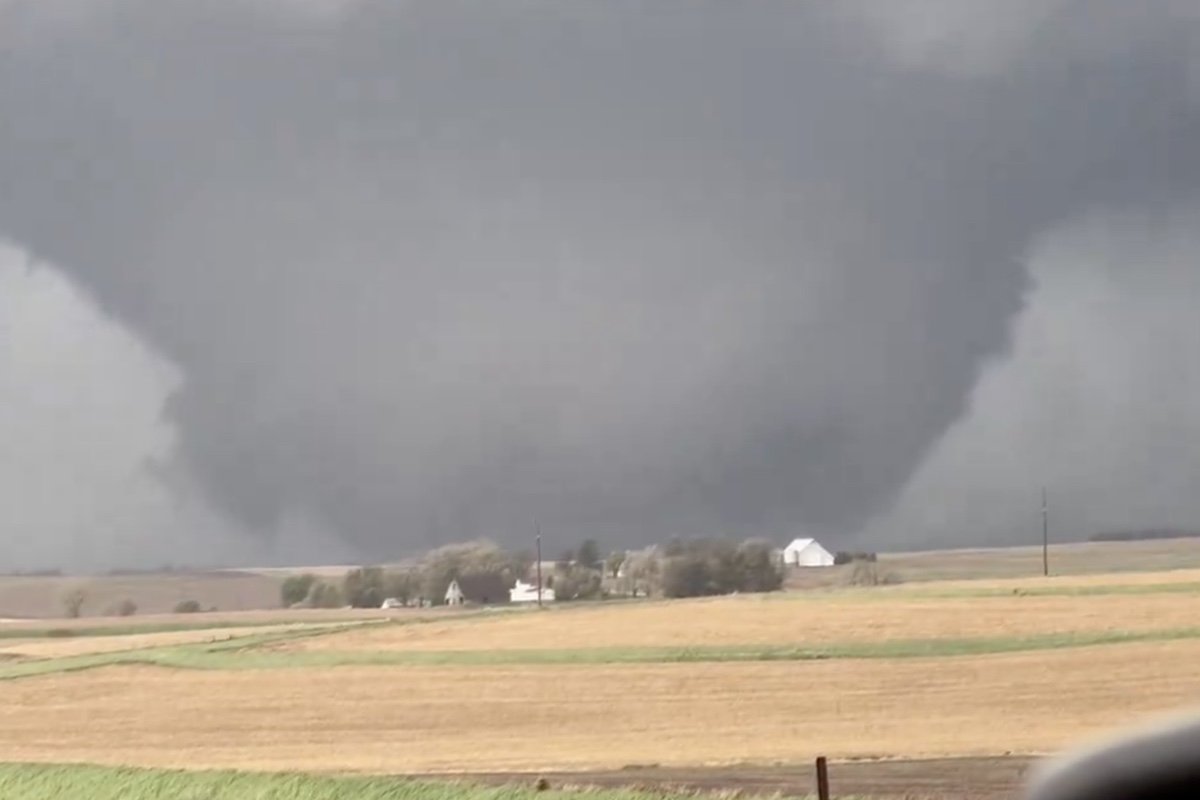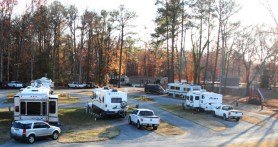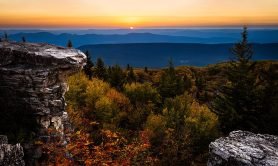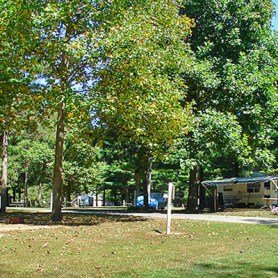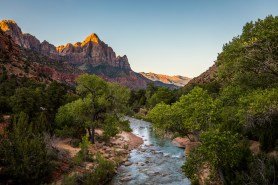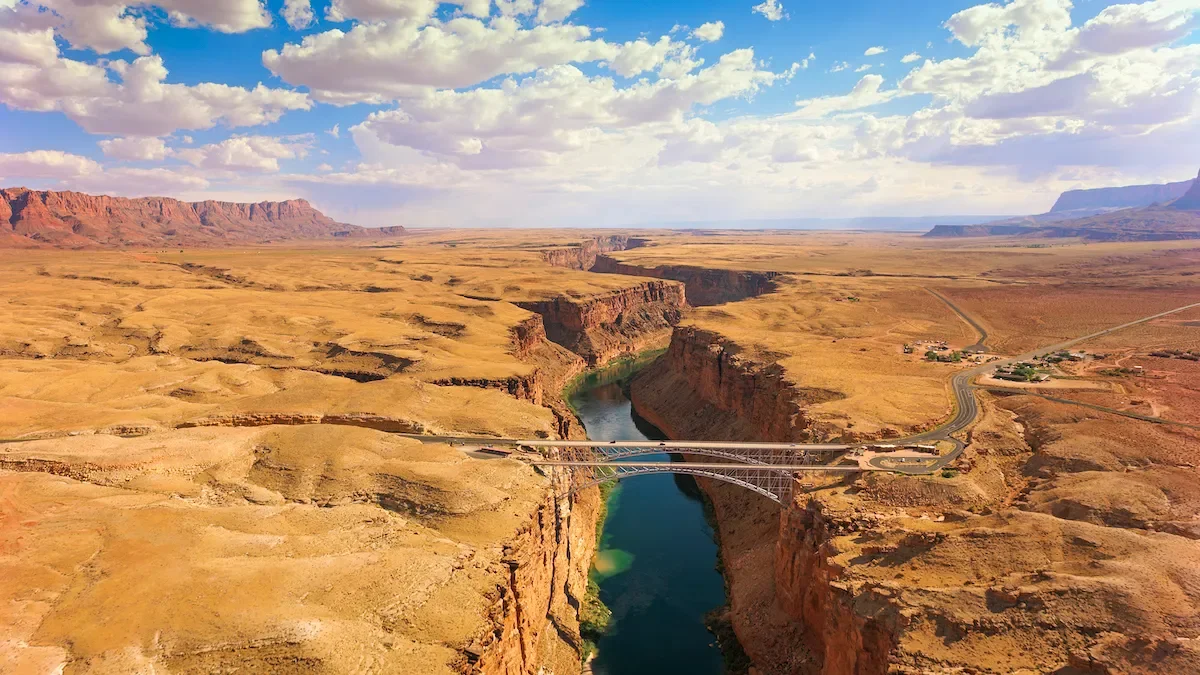

Nestled within the awe-inspiring landscapes of Arizona’s Grand Canyon National Park, the historic Navajo Bridge stands as a testament to human ingenuity and serves as a gateway to unforgettable adventures.
Spanning the Colorado River, this iconic bridge offers visitors a unique opportunity to witness the grandeur of the Grand Canyon while standing atop a historic structure that changed how the region’s residents traveled when it was constructed nearly 100 years ago.
Moreover, the bridge is a starting point for exhilarating outdoor adventures within the park, attracting nature enthusiasts, photographers, and thrill-seekers alike. Its picturesque location and remarkable engineering make it a must-stop for those visiting the Grand Canyon.
History of the Navajo Bridge
Constructed in 1929, the historic Navajo Bridge, which spans 834 feet and towers 467 feet above the Colorado River, initially served as a vital transportation link along the main route connecting Arizona and Utah. Before its construction, travelers relied on unreliable and time-consuming ferry services.
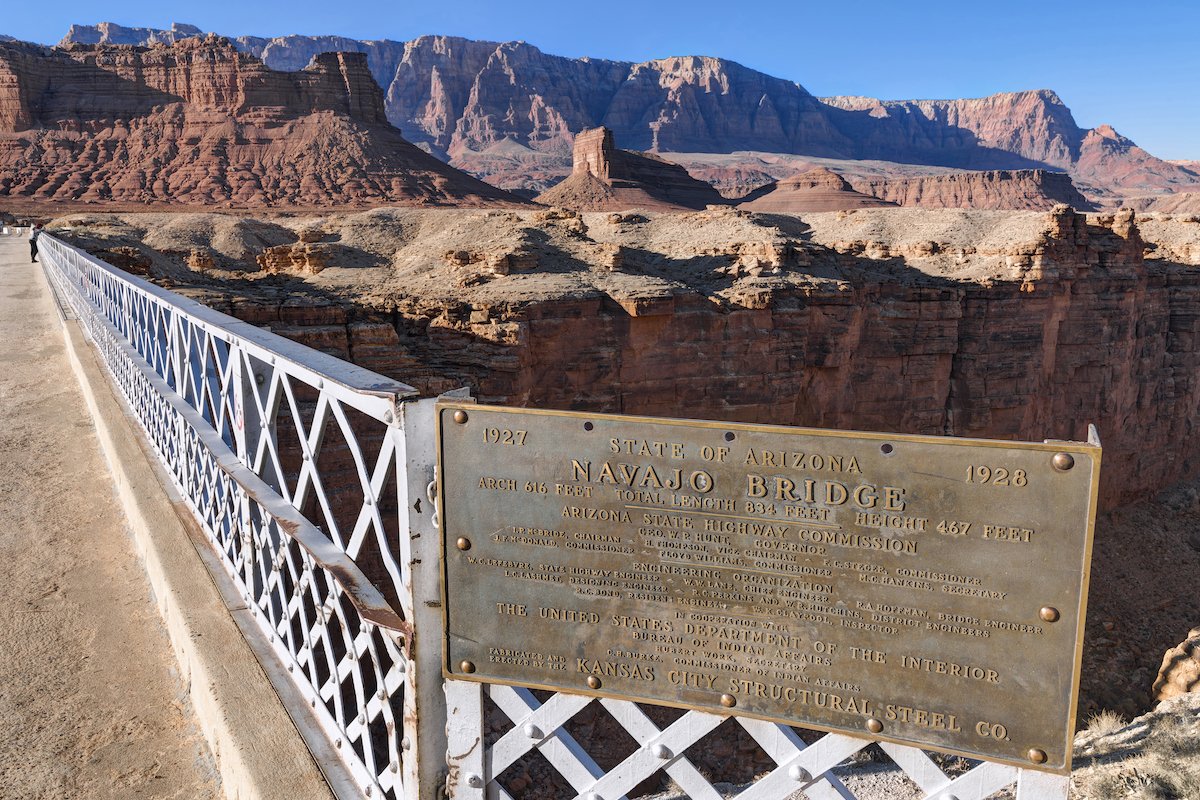
Today, the historic bridge stands as a National Historic Landmark, preserving the memories of an era long gone, and as an emblem of engineering prowess, drawing more than 300,000 visitors each year. In 1995, the National Parks Service replaced it with a modern bridge design that’s longer, wider, and taller.
Scenic Walk
Visitors to the historic bridge use it as a pedestrian walkway that offers panoramic views of the Colorado River and the majestic Grand Canyon. People who visit say “the views are mindblowing” and that there’s a good chance you’ll see some endangered California condors hanging out by the bridge while you’re there. Plus, if you scroll through the hashtag #navajobridge on social media, you’ll be hard pressed to find a bad picture.
As you walk, you’ll have the opportunity to appreciate the intricate details of the bridge’s architecture and marvel at the craftsmanship that went into its construction. Along the way, informative interpretive signs dot the path, sharing fascinating insights into the bridge’s history, its role in connecting communities, and the geological wonders that define the region.
The pedestrian walkway is accessible to visitors of all ages and fitness levels, and the pathway is well-maintained and wheelchair accessible. If you can, take the walk during the early morning or late afternoon when the lighting enhances the vibrant colors of the canyon and casts dramatic shadows on the landscape. The best time to visit is during spring and fall when the weather is mild, and the crowds are relatively thinner, allowing you to fully immerse yourself in the serenity of the landscape.
As you walk along the bridge, you may also spot various species of birds soaring above the canyon or nesting on the cliffs. Keep an eye out for California condors, peregrine falcons, and other unique avian inhabitants that call this region home.
Navajo Bridge Interpretive Center
Located adjacent to Navajo Bridge itself, the Navajo Bridge Interpretive Center gives visitors a comprehensive and immersive experience that delves deeper into the bridge’s history, cultural significance, and the natural wonders of the surrounding area. This small outdoor educational center is a gateway to understanding the remarkable story behind the bridge’s construction and its impact on the region.
The exhibits highlight the importance of the Navajo Bridge as a crucial link connecting Arizona and Utah, replacing the unreliable ferry system that was previously used for river crossings, and showcase the stories of the bridge builders, the engineering marvels that made the construction possible, and the impact of this transportation breakthrough on the local communities and economy. It also sheds light on the area’s cultural significance, paying homage to the indigenous people, particularly the Navajo Nation, who have inhabited the region for centuries.
Entry to the Interpretive Center is free and open daily from 8 am to 4 pm. There’s also a small bookstore and toilets.
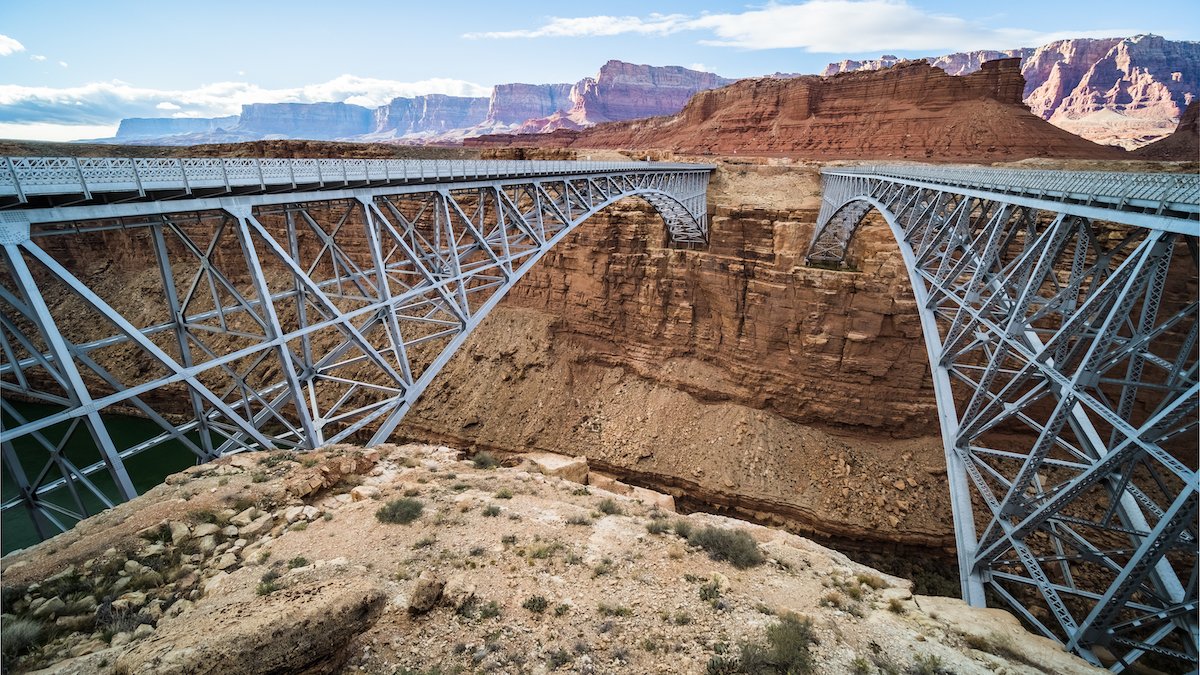
How to Get There
The Navajo Bridge is located within the boundaries of Grand Canyon National Park, near the park’s northeastern entrance. Specifically, it straddles the Colorado River in Marble Canyon, a region renowned for its rugged beauty. To reach Navajo Bridge, you can access it via Highway 89A, which connects the towns of Bitter Springs, Arizona, and Kanab, Utah. The bridge is easily accessible by car, and ample parking is available near the site.

